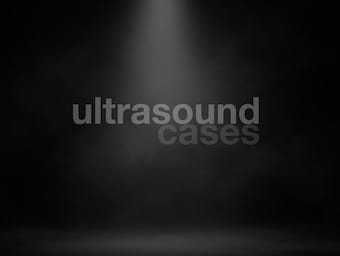
Irving Stein
Irving Freiler Stein (1887-1976) was an American gynaecologist. remembered for his contribution to the field of infertility and eponymously for the Stein–Leventhal Syndrome (1934)

Irving Freiler Stein (1887-1976) was an American gynaecologist. remembered for his contribution to the field of infertility and eponymously for the Stein–Leventhal Syndrome (1934)

A 30 year old woman who is currently 30 weeks gestation presents to the ED with abrupt, severe right loin pain.

James Douglas (1675 - 1742) was a Scottish physician and anatomist. Pouch of Douglas; folds of Douglas; and line of Douglas

15% of the population are Rhesus negative; Rh D immunoglobulin is administered to non-sensitised Rh D negative women to prevent the development of Rh D antibodies and in so doing prevent Rh D induced haemolytic disease of the newborn.

Nicholas Alders (1904-1995) was a Hungarian born, Austrian trained, English naturalised obstetrician, gynaecologist and surgeon. Remembered for his description of Alders sign (1951)

Edward Harry Bishop (1913-1995) was an American obstetrician and gynecologist. Bishop Score (1964), a method to evaluate the cervix in regard to the success or failure of induction of labor.

Williams McIver Bryan, Jr (1917-2007) was an American obstetrician and gynecologist. In 1955, described Bryan sign in appendicitis with gravid uterus

Jørgen Løvset (1896-1981) was a Norwegian professor of obstetrics and gynecology. Løvset’s Manoeuvre (1937) in the management of breech delivery

Ina Mae (née Middleton) Gaskin (1940 - ) American midwife. Gaskin (all-fours) manoeuvre 1976; The Farm

Charles Edwin Woods (1888 - 1946) was an American obstetrician and gynecologist. Woods Screw Manoeuvre (1943) in shoulder dystocia

Alan Judah Rubin (1923-2011) was an American obstetrician and gynecologist. Rubin Manoeuvre (1964) shoulder dystocia

William Angelo Zavanelli (1926 - ) American obstetrician and gynaecologist. Zavanelli Manoeuvre (1978) in shoulder dystocia